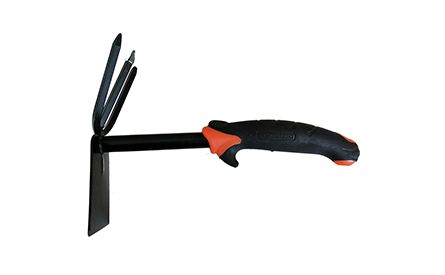t post
10 月 . 06, 2024 17:30
Understanding T-Post The Versatile Structure of Modern Fencing
T-posts, formed from high-strength steel, have emerged as an essential component in modern fencing and agricultural practices. These durable, Y-shaped posts provide stability and support, making them an ideal choice for various applications, from livestock management to garden barriers. This article delves into the characteristics, benefits, and best practices for using T-posts effectively.
Characteristics of T-Posts
T-posts are typically fabricated from heavy-gauge steel, featuring a T-shaped cross-section that contributes to their remarkable strength and resilience. Most T-posts come with a series of staggered holes along their length, allowing for easy attachment of fencing material, whether it be barbed wire, welded wire, or electric fencing. This design not only enhances their functionality but also significantly reduces the installation time compared to traditional wooden posts.
Benefits of Using T-Posts
1. Durability T-posts are resistant to weathering, rot, and pests, ensuring a long lifespan. Unlike wooden posts, they do not succumb to termites or decay, making them a cost-effective solution in the long run.
2. Cost-Effectiveness While the initial investment in T-posts may be higher compared to wood, they often prove to be more economical over time due to their longevity and low maintenance requirements.
3. Ease of Installation The lightweight nature of T-posts allows for easy handling and installation. A T-post driver can be used to quickly and efficiently drive these posts into the ground, significantly reducing the amount of time and labor involved in setting up a fence.
4. Versatility T-posts are suitable for various fencing applications. They can be used for agricultural boundaries, garden enclosures, or even as decorative fencing solutions. Their adaptability makes them a favorite among farmers, landscapers, and DIY enthusiasts alike.
t post

5. Enhanced Stability The T-shape provides substantial lateral support, making them less likely to warp or lean under pressure compared to traditional fencing materials. This stability is especially crucial in areas prone to high winds or heavy snowfall.
Best Practices for Installation and Maintenance
To maximize the effectiveness of T-posts, it is essential to follow best practices during installation
- Spacing Space T-posts adequately according to the fencing material being used. A common distance is 8 to 10 feet apart for barbed wire, though this may vary based on specific needs and local regulations.
- Depth When installing T-posts, ensure they are buried at least 24 inches deep for optimal stability, particularly in areas with loose or sandy soil.
- Use of Insulators If using electric fencing, employ appropriate insulators to prevent short circuits and ensure the ideal performance of the electric current.
- Regular Inspections Periodically check the posts and the overall fence for any signs of wear, loosening, or damage, ensuring timely repairs to maintain the integrity of the structure.
Conclusion
In conclusion, T-posts are a robust, versatile, and cost-effective solution for modern fencing needs. Their adaptability and resilience have made them a popular choice among various users, from farmers to homeowners. By understanding the best practices for installation and maintenance, one can ensure that their T-post fencing will provide reliable support and protection for years to come. As fencing techniques continue to evolve, T-posts will undoubtedly remain a cornerstone in the industry, providing strength and versatility for countless applications.




















